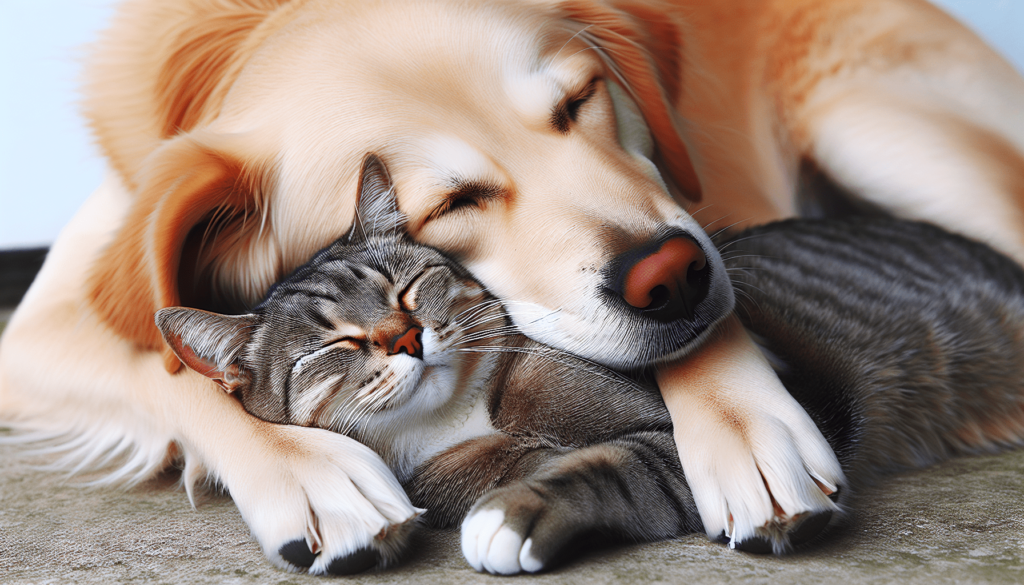How To Approach Gender Issues In Pets
Pets can bring so much joy and companionship to our lives, but they also come with their unique set of challenges. One of these challenges is navigating gender issues in pets. Whether you have a male or female pet, it’s essential to understand how their gender can play a role in their behavior, health, and overall well-being. In this article, we will discuss how to approach gender issues in pets and provide you with valuable information to help you better care for your furry friend.
Understanding Gender Differences in Pets
Just like humans, pets can exhibit certain behaviors and characteristics based on their gender. Understanding these differences can help you anticipate their needs and provide them with appropriate care.
Male Pets
Male pets, such as male dogs and cats, may display more territorial behavior than females. They may also be more prone to marking their territory with urine. Male pets can also be more aggressive, especially towards other male pets. It’s essential to provide them with proper training and socialization to prevent any aggressive behavior.
Female Pets
Female pets, on the other hand, may experience hormonal changes during their heat cycles. This can lead to behavioral changes such as restlessness, increased vocalization, and a desire to escape from home. It’s crucial to consider spaying your female pet to prevent unwanted pregnancy and minimize these behavioral changes.
Spaying and Neutering Your Pet
Spaying and neutering are essential procedures that can help control the pet population and prevent certain health issues.
Spaying
Spaying is the surgical removal of the ovaries and uterus in female pets. This procedure prevents female pets from going into heat, eliminates the risk of unwanted pregnancy, and reduces the risk of certain reproductive cancers.
Neutering
Neutering is the surgical removal of the testes in male pets. This procedure can help reduce territorial behavior, prevent aggression, and lower the risk of certain reproductive cancers.

Gender-Neutral Care for Pets
While gender can play a role in a pet’s behavior and health, it’s essential to provide them with gender-neutral care.
Nutrition
Regardless of gender, all pets should be provided with a balanced diet that meets their specific nutritional needs. Consult with your veterinarian to determine the best food for your pet based on their age, size, and activity level.
Exercise
Regular exercise is crucial for the overall health and well-being of your pet, regardless of their gender. Make sure to provide them with enough physical activity to keep them mentally and physically stimulated.
Grooming
Proper grooming is essential for all pets, whether they are male or female. Regular grooming can help prevent skin issues, matting, and other grooming-related problems.
Gender-Specific Health Considerations
While providing gender-neutral care is essential, there are still some gender-specific health considerations to keep in mind.
Female Pets
Female pets may be more prone to urinary tract infections (UTIs) due to their anatomy. Make sure to provide them with plenty of fresh water and have them checked by a veterinarian if you notice any signs of a UTI.
Male Pets
Male pets may be more prone to certain reproductive cancers, such as testicular cancer. It’s essential to have your male pet examined regularly by a veterinarian to detect any potential health issues early on.

Training and Socialization
Proper training and socialization are vital for all pets, regardless of their gender. Here are some tips for training and socializing your pet:
Start Early
Start training and socializing your pet from a young age to ensure they develop good behavior and social skills.
Positive Reinforcement
Use positive reinforcement techniques, such as treats and praise, to encourage good behavior in your pet.
Consistency
Be consistent with your training methods and expectations to avoid confusion and ensure your pet understands what is expected of them.
Conclusion
Gender issues in pets can be complex and challenging to navigate, but with the right knowledge and understanding, you can provide your furry friend with the best care possible. By considering their gender-specific needs and behaviors, providing gender-neutral care, and staying proactive about their health, you can ensure a happy and healthy life for your pet. Remember, every pet is unique, so it’s essential to tailor your care approach to meet their individual needs. Take the time to get to know your pet and establish a strong bond based on love, respect, and understanding.

